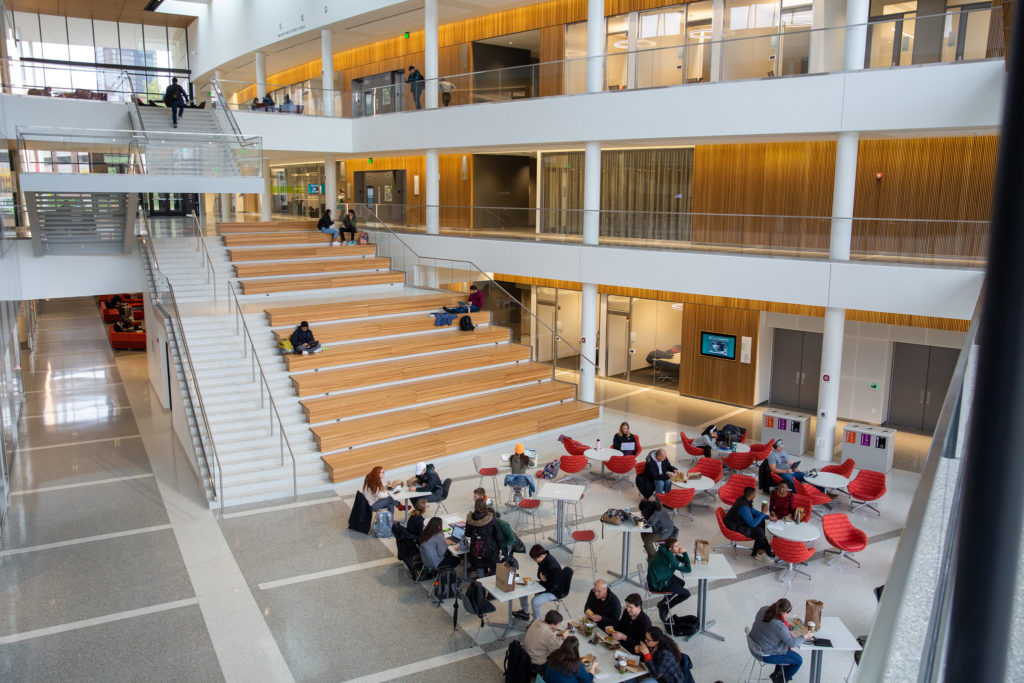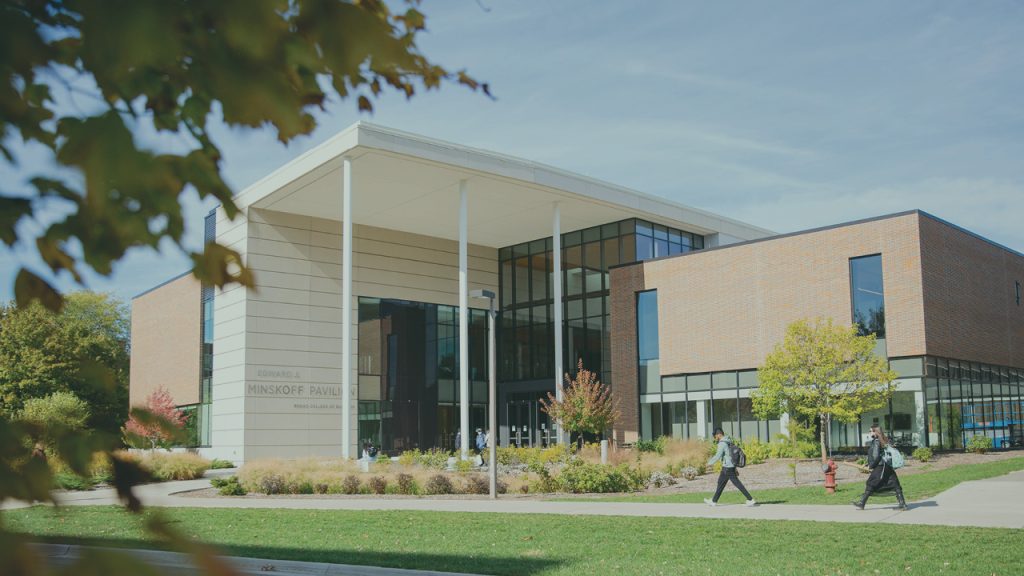
In partnership with the Broad College’s Executive Development Programs, Forrest Morgeson, assistant professor of marketing and faculty member in the Executive MBA program, shares his insights on consumer behavior regarding online shopping, brick-and-mortar retailers and shopping malls.

Forrest Morgeson, assistant professor of marketing
Long before the pandemic began, both brick-and-mortar retailers and traditional shopping malls faced significant pressures from the emergence of e-commerce and online shopping. Over the past two decades, consumer dollars have moved from traditional retailers to websites like Amazon, eBay and Rakuten. Newer websites like the RealReal and Poshmark have given shoppers the opportunity to buy secondhand high-end luxury goods, further eating into the sales of traditional retailers.
Online shopping is now deeply embedded in the consumer behaviors of Americans. Studies show that today, more than three-quarters of Americans shop online and more than half of Americans identify online shopping as their preferred channel.
It’s not just brick-and-mortar retailers that have suffered due to the digital revolution; the iconic shopping malls that house many of these large retailers have suffered as well. Starting around 2010, on the heels of the Great Recession, the so-called “retail apocalypse” saw numerous large chain store locations closing, leaving many malls without the vital chain store “anchors” that draw much of their traffic.
In 2019, a record number of store closures occurred — and the COVID-19 pandemic only intensified this trend the following year. We’ve seen more and more of these large traditional brick-and-mortar retailers, and even entire malls, shut down because they simply didn’t have the foot traffic and they lost too much money to justify paying rent and remaining open.
Yet, 2022 has seen something of a resurgence for the shopping mall and the traditional retailers that occupy these spaces. While foot traffic is still below pre-COVID levels, people have rushed back to the malls in numbers that have surprised many analysts this year. Does this signal a long-term trend promising new growth for brick-and-mortar retailers, or is it a short-term blip? Is the “mall rat” dead or here to stay?
I think there is a pretty clear reason for this renewed love of malls. It relates to the nature of the COVID-19 pandemic. Throughout recorded history, pandemics have caused enormous volatility to human societies. They have decimated populations, both caused and ended wars, and even hastened the demise of whole civilizations. It is hard to overstate their significance.
And yet, in the United States, people have not waited for the disease to be eradicated before they began to resume their normal lives. Early in the pandemic, long before vaccines were even available, many people said, “I’ve had enough of staying home and I am not going to do it anymore.” And I think this same tendency — the desire for “forbidden fruit” — has driven people to familiar places, like malls, that made them feel normal, both when COVID-19 was at its peak and even more rapidly as it subsided.
However, while there have been some short-term positive trends for brick-and-mortar retailers and shopping malls as the impact of COVID-19 has lessened, it is hard to envision this as a long-term trend. I don’t think many people will once again become frequent mall shoppers. Online shopping is now available to virtually every American, and mall nostalgia notwithstanding, the ease of shopping, price discounting and rapid delivery of e-tailers like Amazon are tough to beat for most busy consumers. I would expect the next few years to see more troubles for big retailers and the malls they occupy.
In Other News:




